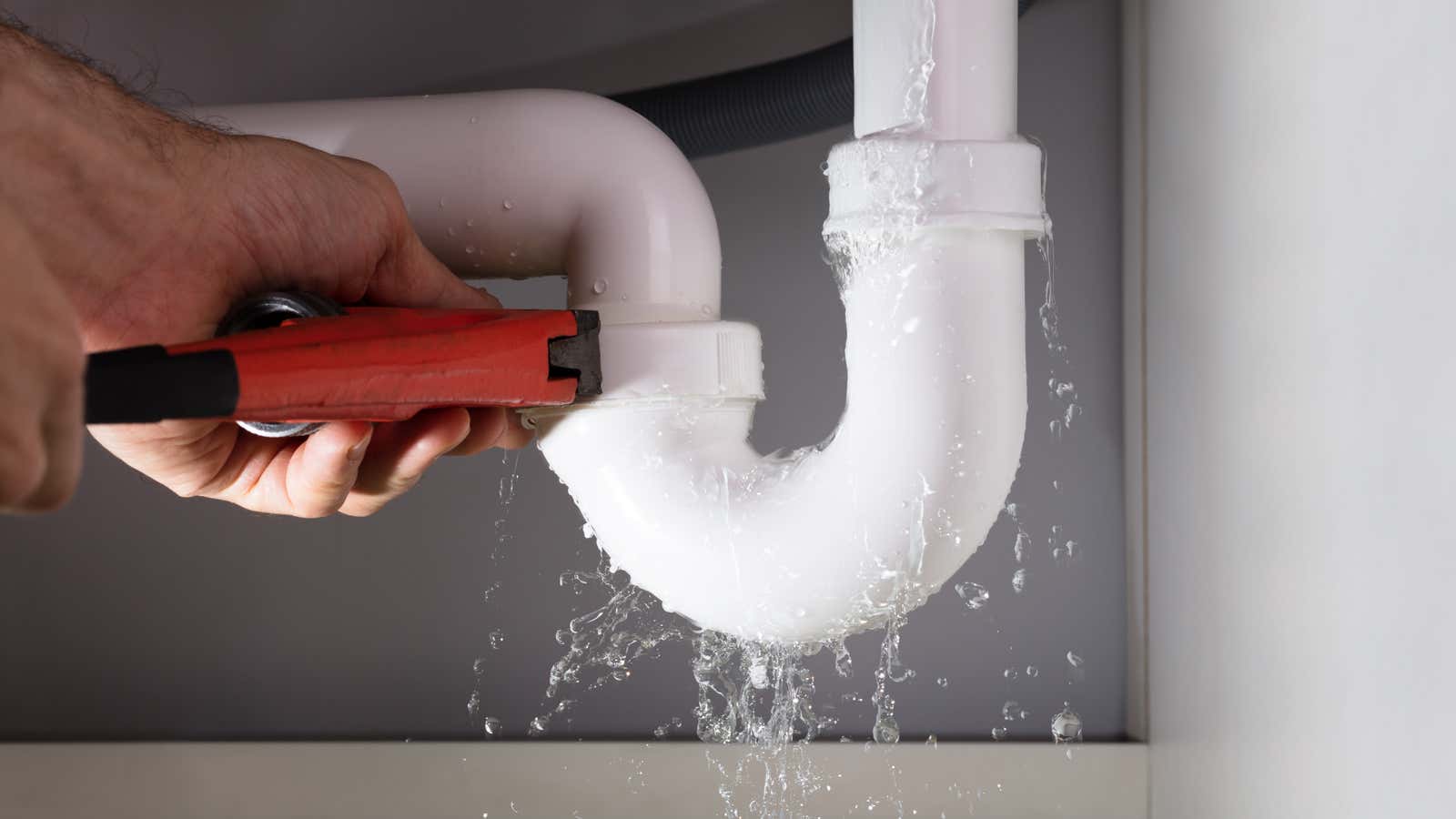How to Deal With a Plumbing Emergency Right Now

Plumbing emergencies don’t bother with pandemics. Pipes burst, toilets close again, sewers clog up – all on our own schedule, regardless of how desperate we are to avoid unnecessary contact.
No matter how much we take precautions, no matter how much we try to maintain a physical distance of six feet from everyone, there may come a time when you have no choice but to let the plumber (or electrician, or handyman, or whatever ) repairman) inside your home.
Should the worst happen, here are some strategies to help you reduce your risk.
Avoid emergencies by not rinsing off Kleenex wipes or wet wipes.
For the whole country received messages of that sewage systems are backed up because people wash wipes, Kleenex tissues, any possible alternative to toilet paper, which you can think of. If it is not toilet paper or human waste, do not flush it down the toilet or you will have to call a plumber. You don’t want to add unnecessary plumbing emergencies to everything else.
Assess the need
First of all, is it something that needs to be fixed right away or can the repair wait? Better yet, can you fix it yourself? If it’s a minor problem, like the toilet in the second bathroom isn’t working or the drain is clogged, this is a renovation that can be postponed. If this is a serious repair – the sewer pipe is sealed, the pipe has burst – it means that it is urgent and needs to be repaired immediately.
Call ahead and inquire about safety precautions
If repairs require the services of a professional, the first step is to call and ask questions about what precautions they will take. Will they use hand sanitizer? Do employees receive sick leaves? Have employees been briefed on CDC recommendations to reduce the spread of COVID-19? They seem to be taking this seriously? If not, call until you find a company that does it.
Think over the logistics
When you have someone to do the job, think about logistics. How can you limit the amount of time they spend in the house? If there are other people in your home, can they wait outside or in a separate part of the house? It is recommended that you discuss this with your plumber in advance as he will likely have specific requirements as well as suggestions.
A recent Washington Post article suggests clearing a path to the workplace ahead of time, leaving all doors open ahead of time so workers don’t have to touch additional surfaces, and covering high-contact surfaces with either wrapping paper or a cloth that can be removed later.
Create a secure environment
When the plumber is in the house, keep a distance of at least six feet. If you can, go outside or wait in another part of the house. This will help keep you and the plumber safe from risking their health and safety to help you during an emergency.
In addition to keeping your distance, it is also a good idea to provide access to soap and / or hand sanitizer so that the plumber can wash their hands.
Then clean and disinfect
When the plumber is gone, clean and disinfect any surfaces they may have come into contact with using either diluted bleach or an alcohol solution with at least 70% alcohol .